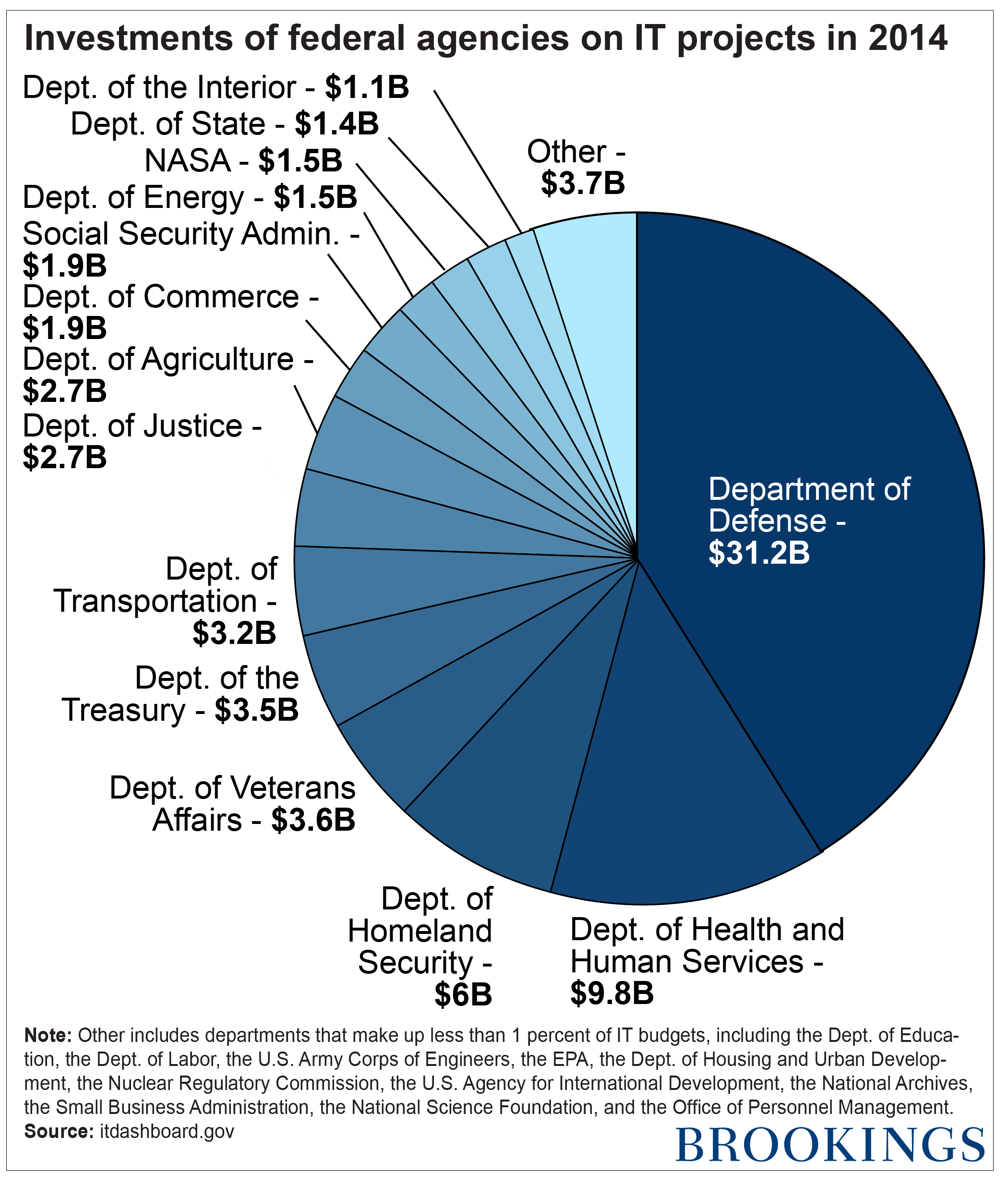In November 2016, the inspector general of the Department of Homeland Security unveiled a bombshell: After spending 11 years and $3.1 billion, the automated immigration processing system designed to prevent terrorists from entering the United States simply didn’t work.
The U.S. Citizenship and Immigration Services’ new Electronic Immigration System, ELIS, was supposed to speed up the cumbersome, complex system for processing immigrants seeking legal status. Instead, it did the opposite because of a spate of technical problems and poorly conceived specifications. Operational deficiencies ranging from frequent power outages to the inability of ELIS to access or add information to existing digital platforms added hours of human labor. Naturalization cases frequently got stuck in the ELIS workflow and applicant interviews were often mistakenly canceled.
Related: Are Mass Deportations Coming in the US? Paul Ryan Says No
Worst of all: ELIS is so highly flawed that it could grant citizenship to people who “pose national security threats.” Not only could ineligible immigrants be approved, you might not know if they had a criminal record or ties to terrorism because of the glitches in the system. And here’s the kicker: ELIS had erroneously issued nearly 20,000 green cards, granting legal status to live and work in the US to people who were almost certainly improperly vetted.
“Since its deployment on April 13, 2016, ELIS has impaired the ability of USCIS Immigration Services Officers and field personnel to conduct naturalization processing,” said John Roth, the inspector general. Roth thought he had received assurances from USCIS that it would mothball the pricey computer system until the multitude of problems had been ironed out.
But late last week, Roth was forced to issue a cease and desist order to Leon Rodriquez, Director of USCIS, after learning that the agency intended to resume operation of ELIS before all the kinks were worked out.
Related: Trump Stands Alone Calling for Mass Deportation of Illegal Immigrants
The Homeland Security Inspector was no doubt spitting bullets by this time, since he had issued multiple warnings over many months to Rodriguez who had not only ignored Roth’s recommendation but also denied the problem, according to a report in NextGov.
Roth said that during an ongoing follow-up investigation by his staff in the USCIS headquarters and field operations he had discovered “alarming security concerns regarding inadequate applicant background checks, as well as significant problems in using ELIS to process naturalization benefits for immigrants.”
Homeland Security is not the only federal agency to spend taxpayer money freely with little to show for it. In 2015, the Brookings Institution assessed government investment in IT projects and concluded, “U.S. government spent 75.6 billion dollars on IT projects in 2014. That is enough to save the world and still have 600 million dollars to spare.” A study by the Standish Group revealed that only 6.4 percent of federal IT projects costing $10 million or more were successful.

At a time when the debate over immigration and terrorism has reached a fevered pitch, the debacle over a vital new computer system for vetting immigrants seeking to enter the country is remarkable.
Related: Trump Will Deport Millions of Illegal Immigrants with Criminal Records
President Donald Trump won the election on a pledge to crack down on illegal immigrants and deny entry to the U.S. by Muslims or people from countries experiencing rampant terrorist violence. Today, Trump signed an executive order to build a wall along the U.S.-Mexican border, and he has promised to beef up border patrols and immigration services. Like President Obama before him, Trump also plans to deport millions of illegal immigrants with criminal records. But Trump is going further by proposing that immigrants from countries that are experiencing terrorism be barred from the U.S.
Trump might want to look as well at a failing immigration computer system that the Homeland Security inspector general says poses a threat to national security. The USCIS press office declined to comment for this story.
ELIS dates back nearly a decade as a system originally designed and budgeted to cost $536 million. Those numbers went out the window long ago as costs are now projected to be 480 percent higher. Promises of state of the art vetting and administrative efficiencies never materialized, while the long-delayed website won’t be fully operational for another two years or more, if ever.
(This article was updated on January 26, 2017)





